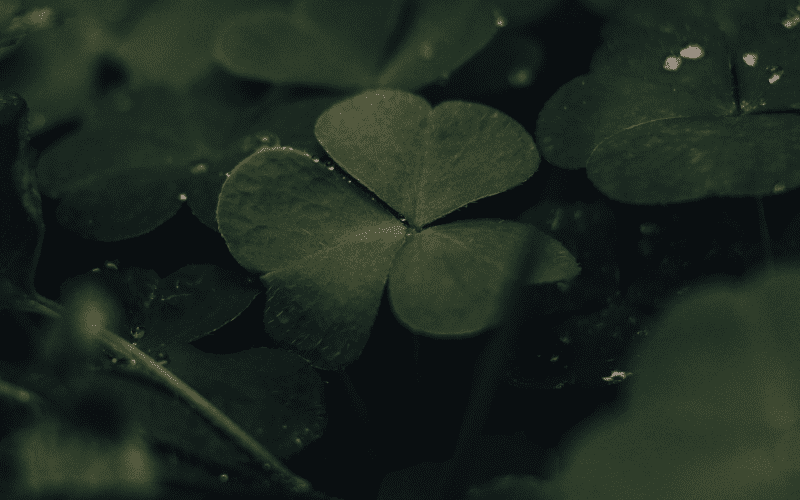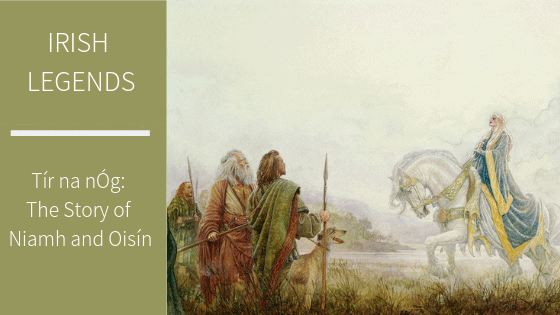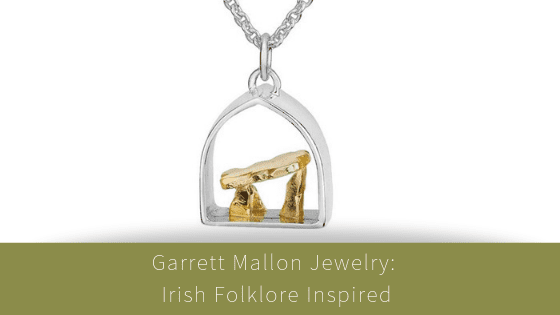The lucky shamrock is one of Ireland’s most well-known symbols, rich in history and tradition. But how did the shamrock symbol become the icon it is today?
The shamrock symbol originates in pre-Christian Ireland. The word for shamrock comes from the Irish word seamróg which means young clover. However, not all clovers are considered shamrocks!
The Shamrock has had an important role in Ireland long before St. Patrick and the arrival of Christianity to Ireland. It is believed that celts used shamrocks in various rituals and had many uses for the shamrock.

It is St. Patrick and the arrival of Christianity in the 5th century in Ireland that started the widespread popularity of the shamrock symbol that Ireland is known for today. St. Patrick used the three leaves of the shamrock to explain the doctrine of the holy Trinity to the Pagans.
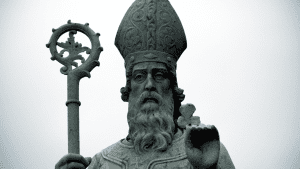
Seeing as St. Patrick is the patron saint of Ireland, the shamrock has been used as a symbol of Ireland since the 18th century when the shamrock was taken up as an emblem by the Irish Volunteers, who defended Ireland from the threat of invasion from Spain and France while British soldiers retreated from Ireland to fight the Revolutionary War in America.
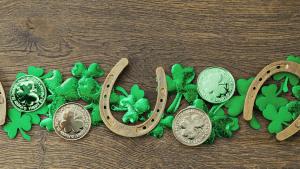
The Shamrock symbol continued to have great meaning throughout the 19th and 20th century and is featured in many historical buildings from those eras.
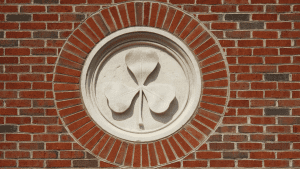
Today the shamrock symbol is featured in many state organisations as well as Irish owned companies to highlight their origin. And let’s not forget, it’s one of the main symbols we see every year on March 17th on St. Patrick’s Day!
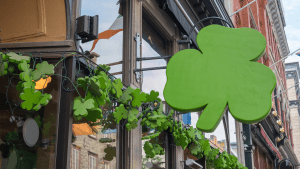
Discover elegant shamrock jewelry and perfect St.Patrick’s day pieces at Blarney.com
Shop Shamrock Jewelry Shop St. Patrick’s DayRead More
